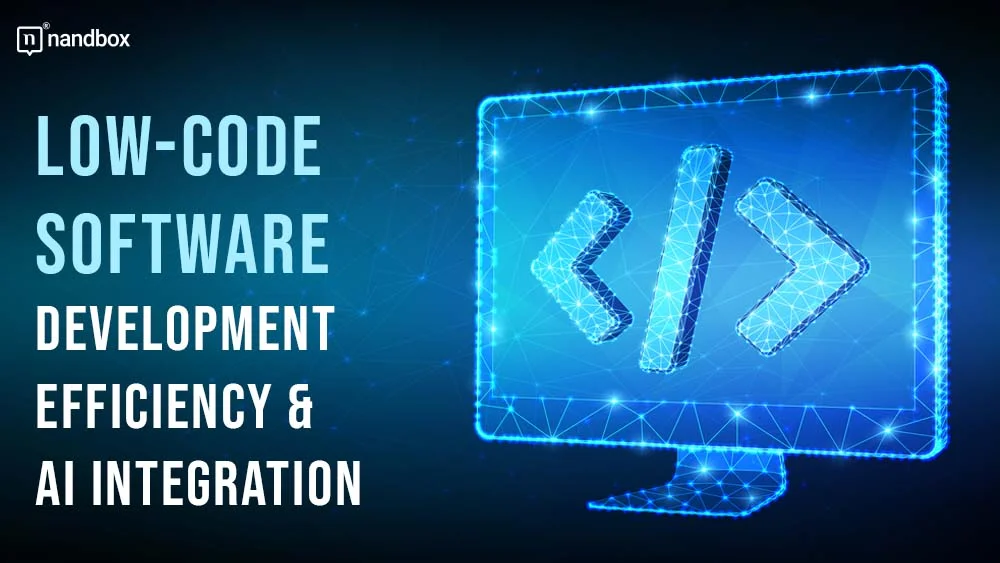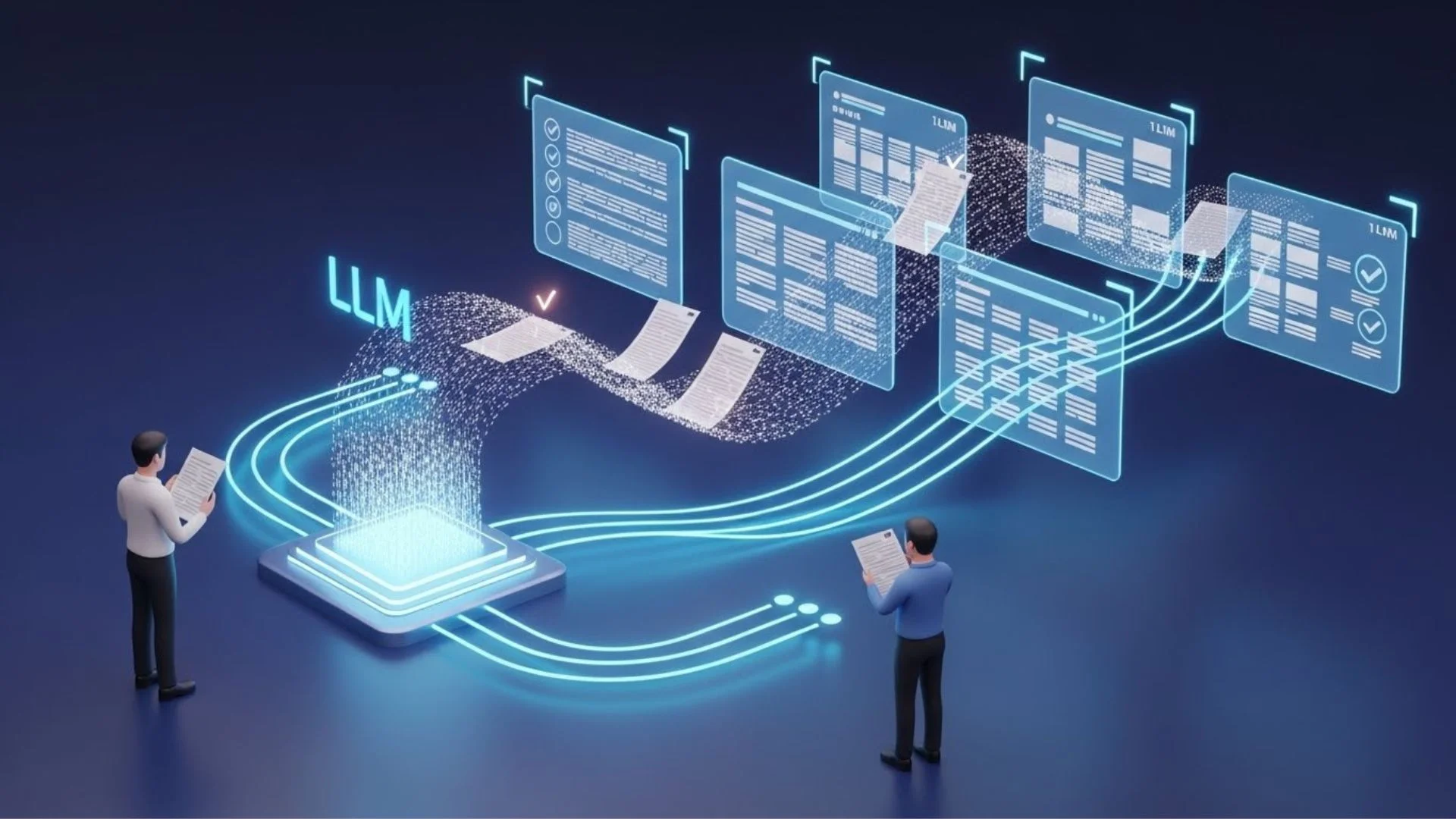In today’s fast-paced digital landscape, businesses are constantly seeking ways to streamline operations, enhance productivity, and stay ahead of the competition. Enter low-code software—a game-changing approach to application development that’s transforming how companies build and deploy software solutions. This article delves into the world of low-code platforms, exploring their benefits, applications, and the revolutionary impact they’re having on AI-powered Customer Relationship Management (CRM) systems.
Understanding Low-Code Software
Low-code software platforms are visual development environments that enable users to create applications with minimal hand-coding. Instead of writing complex lines of code, developers can use drag-and-drop interfaces, pre-built templates, and visual modeling tools to design and build applications quickly and efficiently.
Key features of low-code platforms include:
- Visual Development Interface: Intuitive drag-and-drop tools for designing user interfaces and workflows.
- Pre-built Components: Libraries of reusable modules and templates to accelerate development.
- Automated Code Generation: The platform automatically generates the underlying code based on visual designs.
- Integration Capabilities: Easy connection with existing systems and third-party services.
- Cross-platform Compatibility: Applications can often be deployed across web, mobile, and desktop environments.
Benefits of Low-Code Development
The adoption of low-code platforms offers numerous advantages for businesses:
- Rapid Development: Significantly reduces the time required to build and deploy applications.
- Cost-Effectiveness: Lowers development costs by reducing the need for extensive coding expertise.
- Increased Agility: Allows for quick iterations and updates to meet changing business needs.
- Empowerment of Citizen Developers: Enables non-technical staff to contribute to application development.
- Standardization: Ensures consistency across applications by using pre-approved components.
- Reduced Technical Debt: Minimizes the accumulation of problematic code over time.
Applications of Low-Code Software
Low-code platforms are versatile and can be applied across various business functions:
- Process Automation: Streamlining workflows and eliminating manual tasks.
- Customer-facing Applications: Creating portals, self-service tools, and mobile apps.
- Data Management: Building custom databases and data visualization tools.
- Legacy System Modernization: Updating and integrating older systems with new technologies.
- Internet of Things (IoT) Applications: Developing solutions to manage and analyze data from connected devices.
AI CRM: The Next Frontier in Customer Relationship Management
As low-code platforms evolve, they’re increasingly incorporating artificial intelligence (AI) capabilities, particularly in the realm of Customer Relationship Management (CRM). AI CRM represents a new generation of tools that leverage machine learning and predictive analytics to enhance customer interactions and drive business growth.
What is AI CRM?
AI CRM is an advanced customer relationship management system that utilizes artificial intelligence and machine learning algorithms to automate tasks, predict customer behavior, and provide actionable insights. These systems go beyond traditional CRM functionalities by offering intelligent features that can dramatically improve customer engagement and sales performance, making them a powerful tool for any project CRM.
Key Features of AI CRM:
- Predictive Analytics: Forecasting customer behavior and sales trends.
- Automated Lead Scoring: Identifying and prioritizing high-potential leads.
- Intelligent Chatbots: Providing 24/7 customer support and gathering valuable data.
- Personalized Recommendations: Offering tailored product suggestions based on customer preferences.
- Sentiment Analysis: Gauging customer emotions and satisfaction levels from interactions.
- Sales Forecasting: Predicting future sales performance with greater accuracy.
Where AI CRM Can Be Used
AI-powered CRM systems have wide-ranging applications across various industries and business functions:
- Sales: Optimizing the sales process, from lead generation to closing deals.
- Marketing: Personalizing campaigns and improving targeting strategies.
- Customer Service: Enhancing support quality and efficiency through automated responses and intelligent routing.
- E-commerce: Providing personalized shopping experiences and product recommendations.
- Healthcare: Managing patient relationships and improving care coordination.
- Financial Services: Enhancing risk assessment and providing personalized financial advice.
The Synergy of Low-Code and AI CRM
The integration of low-code development platforms with AI CRM systems creates a powerful synergy that can transform business operations:
- Rapid Prototyping: Quickly develop and test AI-powered CRM features.
- Customization: Tailor AI CRM solutions to specific business needs without extensive coding.
- Democratization of AI: Enable non-technical staff to leverage AI capabilities in CRM applications.
- Seamless Integration: Easily connect AI CRM systems with existing business applications.
- Continuous Improvement: Iterate and enhance AI CRM functionalities based on real-time feedback and data.
Challenges and Considerations
While low-code platforms and AI CRMs offer significant benefits, there are challenges to consider:
- Data Security: Ensuring the protection of sensitive customer information.
- Scalability: Managing the growth of applications as business needs expand.
- Complexity Limitations: Some highly complex or specialized applications may still require traditional coding.
- AI Ethics: Addressing concerns about bias and transparency in AI-driven decision-making.
- User Adoption: Training staff to effectively use new low-code and AI CRM tools.
Future Trends in Low-Code and AI CRM
As technology continues to evolve, several trends are shaping the future of low-code development and AI CRM:
- Increased AI Integration: More sophisticated AI capabilities will be incorporated into low-code platforms.
- Blockchain Integration: Enhancing security and transparency in CRM data management.
- Voice-Activated Interfaces: Developing CRM applications with natural language processing capabilities.
- Augmented Reality (AR) Features: Creating immersive customer experiences through low-code AR development.
- Edge Computing Support: Enabling real-time processing of CRM data at the network edge.
Conclusion
Low-code software development and AI-powered CRM systems are at the forefront of business innovation, offering unprecedented opportunities for efficiency, customization, and customer engagement. As these technologies continue to evolve and converge, businesses that embrace them will be well-positioned to thrive in an increasingly competitive and data-driven marketplace.
By leveraging low-code platforms to rapidly develop and deploy AI CRM solutions, companies can unlock new levels of productivity, gain deeper customer insights, and create more personalized experiences. The future of business software lies in the hands of those who can harness the power of low-code development and artificial intelligence, turning complex technologies into accessible tools for business growth and customer satisfaction.
As we move forward, the symbiosis between low-code platforms and AI CRM will undoubtedly play a crucial role in shaping the next generation of business applications, empowering organizations to adapt quickly to market changes and meet evolving customer expectations with agility and innovation.




